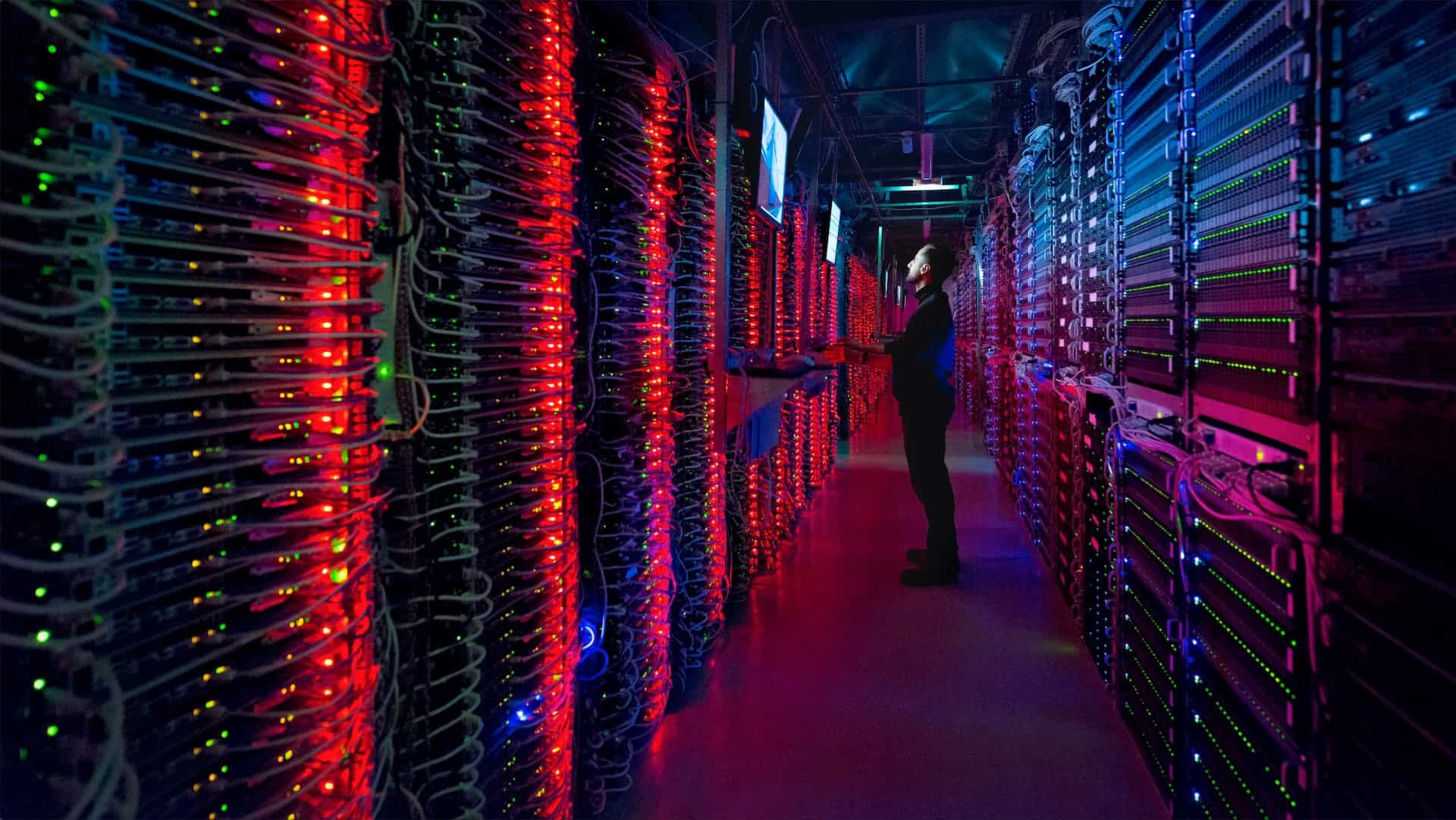DUBAI, UAE — Concerns about global warming and rising energy costs have prompted businesses to refocus their decision-making on IT provisioning, cost reduction and energy efficiency.
This, in turn, is causing chief information officers (CIOs) across the board to rethink the approach they take, particularly when it comes to the data centers where huge benefits are to be had on both counts.
According to reports, the data center industry as a whole uses approximately 150 billion kilowatt-hours of electricity annually, which is about 3 percent of the world’s electricity usage.
As such, data centers must operate as efficiently and sustainably as possible to eliminate any potential harm to the environment.
Estimates vary but according to the International Energy Agency (and others), data centers and their associated infrastructures account for around 1 percent of global energy consumption.
In EMEA alone that translates to over 90TWh per year, or enough to satisfy the domestic energy needs of a small country.
Moreover, this figure carries with it an environmental impact equivalent to running almost six million vehicles.
How to tackle this issue
The changes required for sustainability can be costly and complex.
However, many organizations are tackling the challenge with creativity, from a growing interest in locating facilities in cold regions to enable free air cooling, or just making the transition to edge computing.
According to Ahmed Rashad, senior system engineer at Nutanix, computer software company, there are lots of ways of tackling this issue with some organizations, for example, abandoning their on-premises data centers altogether and moving to the cloud.
That, however, doesn’t necessarily save on running costs.
“Many businesses find it more expensive compared to running an on-premises data centers and with none of the budgetary certainty of an on-premise facility. Neither does it address the climate issues. It just makes them somebody else’s problem,” he added.
Next generation models
The cloud has other benefits besides, according to Rashad, but the data centers looks like it’s here to stay for some time albeit with changes to the operational model to deliver the benefits of cloud computing at a lower cost in terms of energy and emissions.
The change is already happening with growing numbers moving from traditional three-tier architectures (servers + storage + networks) towards next generation models, in particular hyper converged infrastructures (HCI) which, most analysts, agree is the best and most expedient way of reducing data centers energy consumption and carbon footprint.
The reason for that assertion is down to the way hyper converged models work by distributing computing power and storage across low-cost commodity hardware platforms, linking them with software and using virtualization to provide an easily scaled and managed operational whole.
Here are the expected benefits in terms of energy consumption and climate change of switching from three-tier to HCI models:
● Measurable benefits could be achieved across a range of organizations from small businesses through big enterprises to the large scale hyper scale’s and managed service providers.
● In comparison to traditional three-tier IT platforms, next generation HCI architectures could potentially reduce energy consumption and carbon footprint by up to 27 percent per year.
● Across the EMEA region HCI transformation has the potential to reduce energy consumption by 56.7 TWh and cut emissions by 14.2 million tons of carbon dioxide emissions (CO²e) over the period 2022-2025.
● By 2025 a full changeover to HCI across UK data centers could potentially save 8.1 TWh of energy and 1.8 million tons of CO²e, roughly the same as taking 400,000 cars off the road.
● By 2025 a full changeover to HCI across data centers in the Middle East and Africa could potentially save 4 TWh of energy and roughly 2.4 million tons of CO²e.
● Large-scale colocation data centers offer a much lower PUE (Power Usage Effectiveness) factor than typical on-premise facilities. Switching these to HCI architectures could potentially boost energy saving towards 30-40 percent.
● Next-generation colocation data centers could provide access to renewable energy through long-term Power Purchase Agreements (PPA) and so contribute to an organization’s climate neutrality goal without having to invest in CO2 certificates.
It’s important to recognize that the data centers industry has delivered significant energy efficiency improvements over past decades and is now one of the most advanced in terms of both energy efficiency and decarbonization.
That said it remains a major energy consumer and could do a lot better.
Moreover, without significant change future energy demand will continue to rise and result in large amounts of carbon dioxide emissions.
The answers to all this lie in innovative next generation data centers technologies, like HCI, which have been proven to work and which have the potential to deliver considerable efficiency gains with a significant impact on energy cost and climate change.








